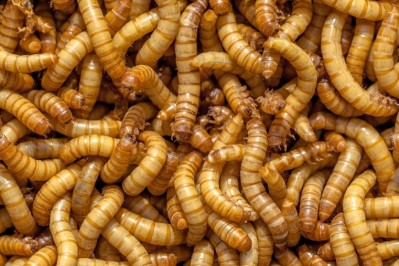Using 3D printed flavour-based cues for the recall of memories in old age

The researchers exposed older people to food flavours from their youth who were able to “time travel” back to the past with an enhanced memory of the event.
Working with 12 older adults and using 3D printed flavour-based cues they collected 72 memories, half involving food and half not involving food, each recalled twice. This ranged from barbecued mackerel at a golden wedding to eating strawberries in hospital after giving birth.
For food memory, the researchers worked with the participants to create bespoke flavour-based cues for each one. The 3D printed flavour-based cues are small, gel-like, edible balls, modelling the original food, which are easier to swallow with more intense flavours, without requiring all the ingredients and preparation.
Professor Corina Sas of Lancaster University said: “Our outcomes indicated that personalized 3D printed flavour-based cues have rich sensorial and emotional qualities supporting strong recollective retrieval, especially when they distinctively match the food in the original experience and prompt emotionally positive self-defining memories.”
All the participants were able to provide rich sensory accounts when prompted by flavour- based cues, with most of the details not being present in the earlier free recall.
A striking outcome was the large number of memories cued by flavours that were recalled with strong feelings of being brought back in time.
Participants said: “The roast beef and horseradish cue took me back 25 years in one bound . . .I could place myself at the table in the room… I ate that, and that actually provoked out of all the memories, quite a strong reaction actually. Just suddenly I was back.”
Re-enactment of the original event
Interestingly, the mere act of eating the cue was seen as a bodily re-enactment of the original event: “It just kind of triggers a few more sensations. Perhaps when you’re tasting it, you imagine yourself there,” reported one participant.
The researchers said their research has particular relevance for dementia. Participants talked about the importance of food memories based on their own experiences of caring for their loved ones.
One participant whose mother has Alzheimer’s said: “As soon as she smelled and tasted the food, she would say something like, ‘Oh, this is like old fashioned food. This takes me back’. She felt that it was something that she had had a long time ago.”
Another participant suggested a scrapbook of food memories to trigger recollections of past events in people with dementia.
Professor Sas said: “The 3D printed flavours cued recollective retrieval, eliciting sensorially rich and strong positive emotional experiences that participants deeply enjoyed.”
Dr Tom Gayler, formerly of Lancaster University, said: “Working alongside people to create flavour-based cues highlighted how powerful but under used this connection is. Our design approach helped bridge this gap and showed the potential for future applications to create rich, multi-sensory memory aides.”
Dr Vaiva Kalnikaitė of Dovetailed, which designed the 3D-printing kitchen robot used in the research, added: “We finally have technology that can help re-construct memories using the flavour and scent of different foods in very compact shapes. These are the strongest cues to help us remember.”
























